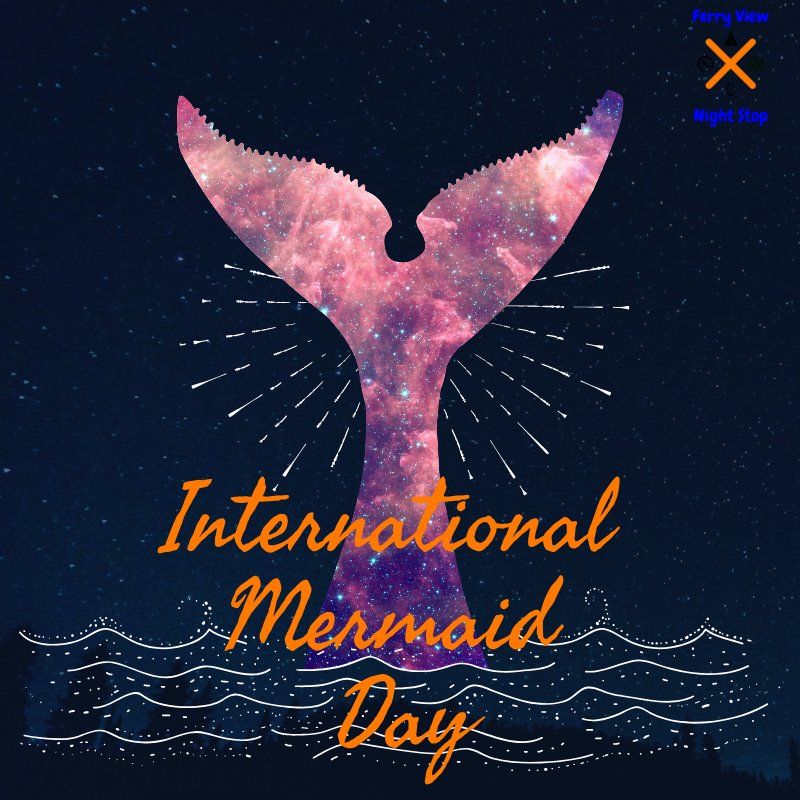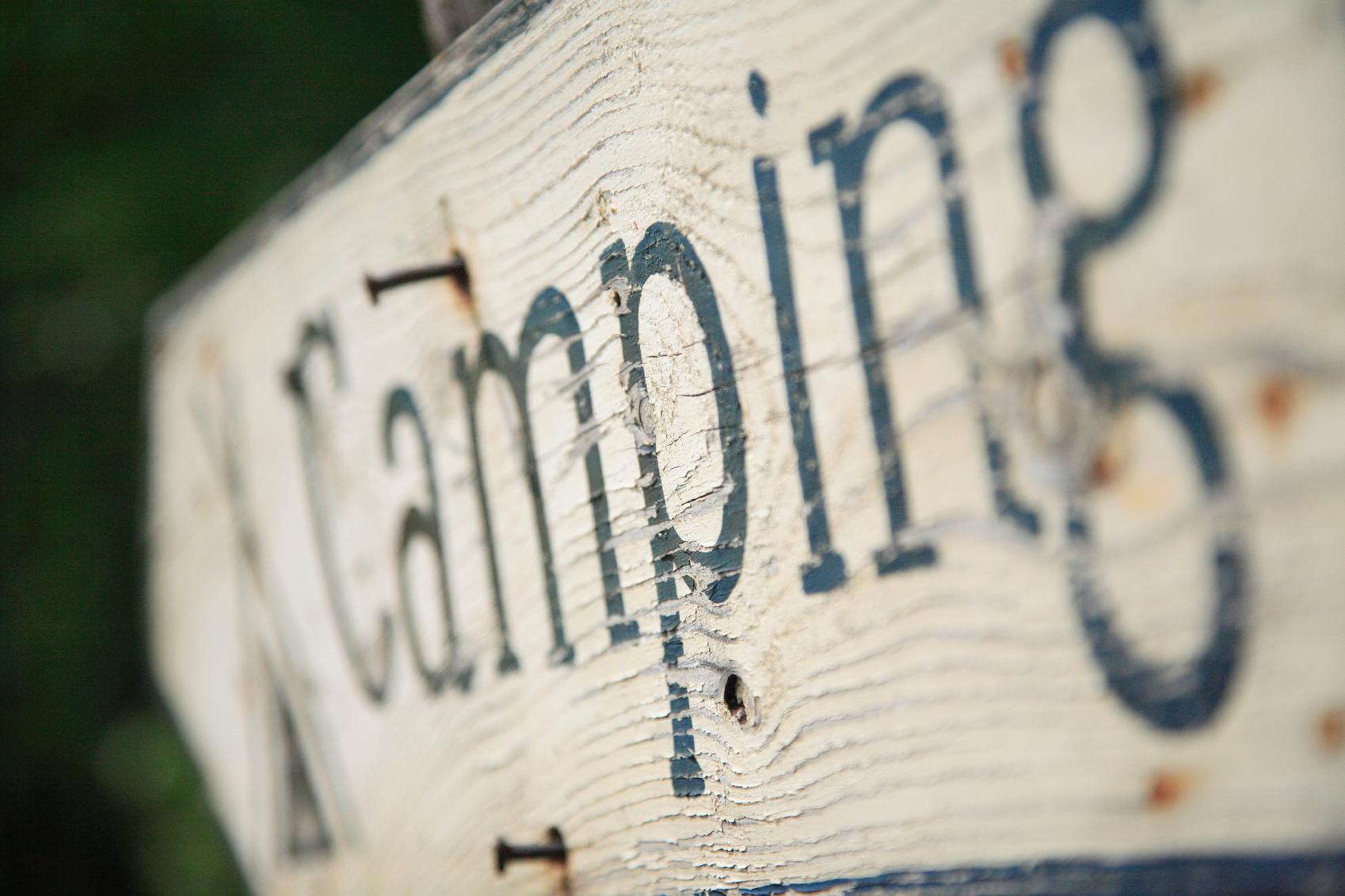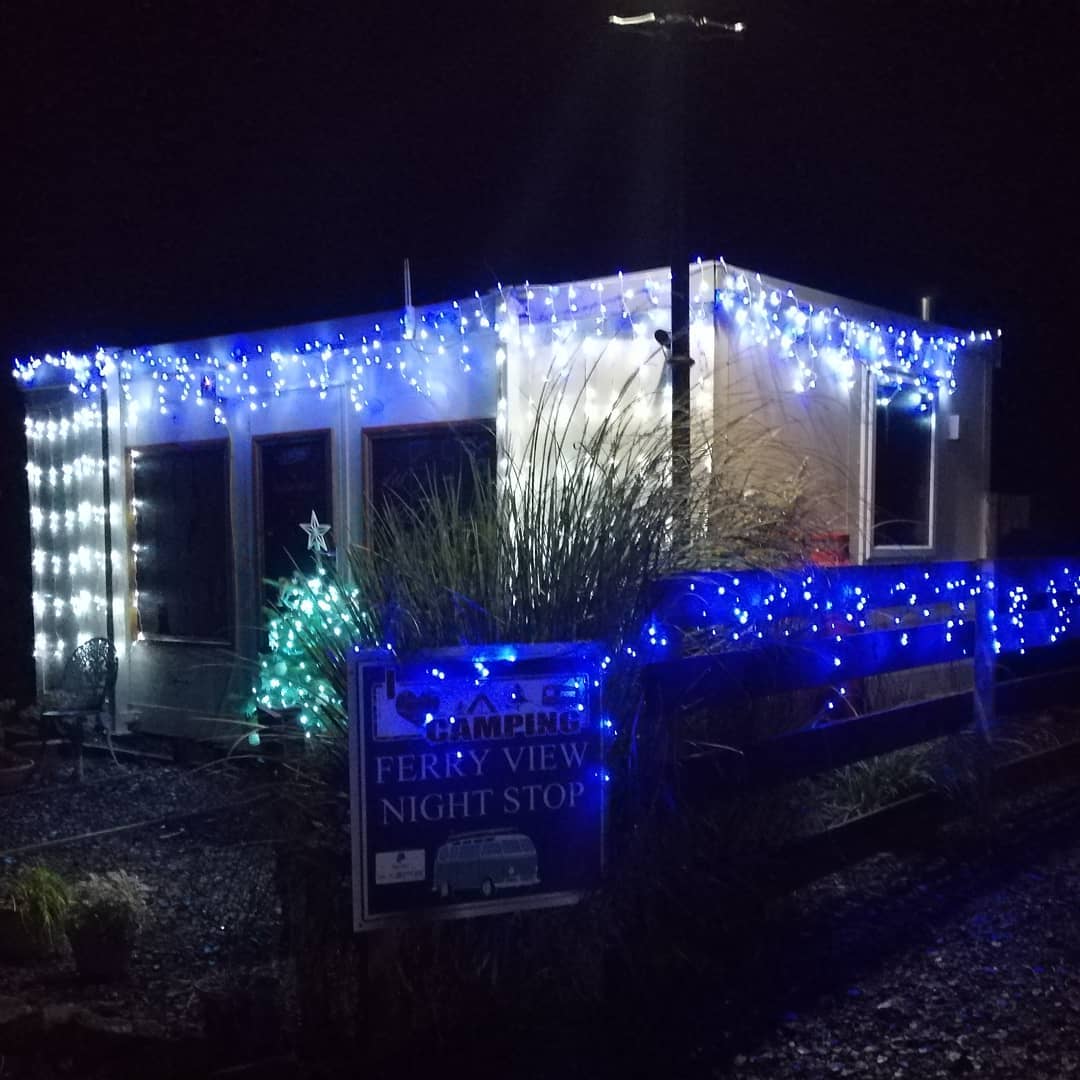Amongst the jumble of tombstones and monuments, dating from back to the 16th century, there are many fascinating inscriptions, but the most intriguing for me is The Groat (Grot) Tombstone which now sites in the entrance. Luckily, there is a plaque which transcribes the inscription, which in places, is difficult to read. This is a monument to the original John O'Groats (who you will hear more about in an upcoming blog), or Jan de Groot which reads:
"Donald Grot, son to John Grot, laid me here April 13th day of 1568 M.D.L. Likewise and Donald Grot and his Donald lad and the forebears of Donald. Hence God called me the 13th day of April T.D. M.D.L. 1568".
The stone was uncovered during restorations in 1893 and renovated by John Nicolson of Nybster, who worked alongside Frances Tress Barry on many archaeological excavations of Caithness (their full story is one for another time).
Make sure if you visit to take a look at some of the intrguing tombstones, the carved hearts, the inscriptions which don't quite fit and the skull & crossbones.















